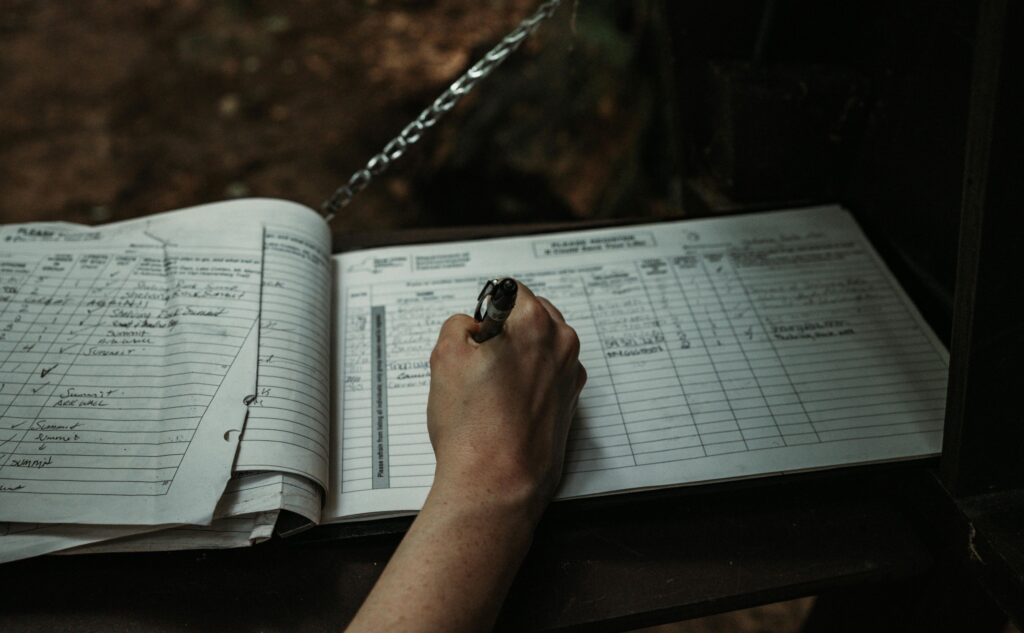
The Adlog Aircraft Maintenance Recordkeeping System
Organising Your Aircraft’s Maintenance Records Has Never Been Easier Than with Adlog.
Keeping aircraft maintenance records organised is a challenge for many owners, maintenance shops, and mechanics. Unfortunately, most aircraft documents aren’t properly organised. This makes tracking airworthiness difficult and can hurt resale value, especially when it’s time to sell and buyers hesitate or offer less than the fair market price.
Why Organising Your Aircraft’s Maintenance Records Matters
Your aircraft’s maintenance records are as vital as a car’s service history—or even your medical records. Organised records help track airworthiness and maintenance. They’re also essential for reflecting your aircraft’s actual value, whether you’re selling or filing an insurance claim.
When requesting warranty or goodwill from a manufacturer, organised records are crucial. Without proof that you’ve properly maintained your aircraft and systems, you won’t be eligible for refunds on related costs.
Your Responsibility as a Pilot-Owner
As a pilot-owner, you’re legally required to maintain accurate and up-to-date records, commonly known as logbooks. These records document all inspections, maintenance, modifications, and repairs performed on your aircraft. Good record-keeping isn’t just about compliance; it enhances your aircraft’s resale value by proving its maintenance history and airworthiness.
Your maintenance records should cover these areas:
- Airframe: Log all inspections, repairs, and modifications.
- Engine(s): Document all engine-specific maintenance, including overhauls or rebuilds.
- Propeller(s): Record all propeller maintenance and overhauls.
- Avionics: Log maintenance and updates for avionics.
- Service Bulletins and Airworthiness Directives: Record compliance with all applicable bulletins and directives.
- Modifications/Alterations: Document changes made under STCs or Engineering Orders.
- Miscellaneous: Include relevant documents like certifications, Form 337s, or Form 1s.
Best Practices for Aircraft Maintenance Records
Maintain separate logbooks for the airframe, engine(s), propeller(s), and avionics rather than using the journey logbook for all records. The journey logbook documents flights and should be kept in the aircraft. Comprehensive maintenance records, however, should be stored securely—ideally in a fireproof and waterproof safe—separate from the aircraft. This ensures they’re protected and accessible for reference, planning, or sale.
Each maintenance entry must include:
- Description of the Work: With references to any approved data.
- Completion Date: Date the work was finished.
- Signature and Certificate Number: Signed approval with the certifier’s number.
Additionally, maintain these updated details:
- Total Time in Service: For the airframe, each engine, and propeller.
- Status of Life-Limited Parts: Include remaining time for life-limited components.
- Time Since Last Overhaul: For items requiring periodic overhaul.
- Current Inspection Status: Time since the last inspection and next due.
- Airworthiness Directives Status: Compliance method and, for recurring ADs, the next due action.
- Major Alteration Forms (Form 337 or equivalent): Copies for all major alterations.
Adlog System
Adlog includes:
- Logbook Supplements: Organised binders for quick access and reference.
- Customizable Maintenance Tracking: Tailored to your aircraft for personalized record-keeping.
- Compliance Tracking: Ensures all inspections, ADs, and compliance tasks are recorded for easy access, simplifying regulatory compliance and day-to-day management.
Using Adlog keeps records accurate, comprehensive, and up-to-date, enhancing your aircraft’s value and streamlining inspections or sales.
Conclusion
Organising and maintaining your aircraft’s records isn’t just about compliance—it safeguards your investment and keeps your aircraft’s value intact. With the Adlog system, managing these records becomes straightforward and reliable, allowing you to focus on flying instead of paperwork. By choosing a system that’s easy to use and comprehensive, you’ll ensure seamless maintenance tracking, enhance resale value, and simplify compliance with regulatory standards. Embrace the confidence of knowing your aircraft’s records are thorough, accessible, and up-to-date.
About Quest Aeronautics
Quest Aeronautics is a state-certified engineering office for aviation, dedicated to shaping the future of general aviation by providing innovative and cost-effective solutions to enhance aircraft performance and operations. With a focus on CS/FAR-23 and experimental/amateur-built (E/A-B) aircraft, Quest Aeronautics provides a range of services including flight testing, aircraft operations and maintenance consulting, high-quality aviation products, and tailored support for E/A-B projects. Collaborating with industry-leading partners, Quest Aeronautics is committed to delivering unparalleled support and expertise to individuals and organisations in the general aviation market.
About Author
Sebastian, the founder of Quest Aeronautics, is a driven and enthusiastic individual with a passion for aviation. Before delving into aviation, he gained valuable experience as a chemical process engineer and laboratory technician. Sebastian holds a Master of Science in Engineering and a commercial pilot licence, with several fixed-wing aircraft ratings under his belt. He has also completed an introduction course for fixed-wing performance and flying qualities flight testing at the National Test Pilot School in Mojave, CA and is compliance verification engineer for flight.
